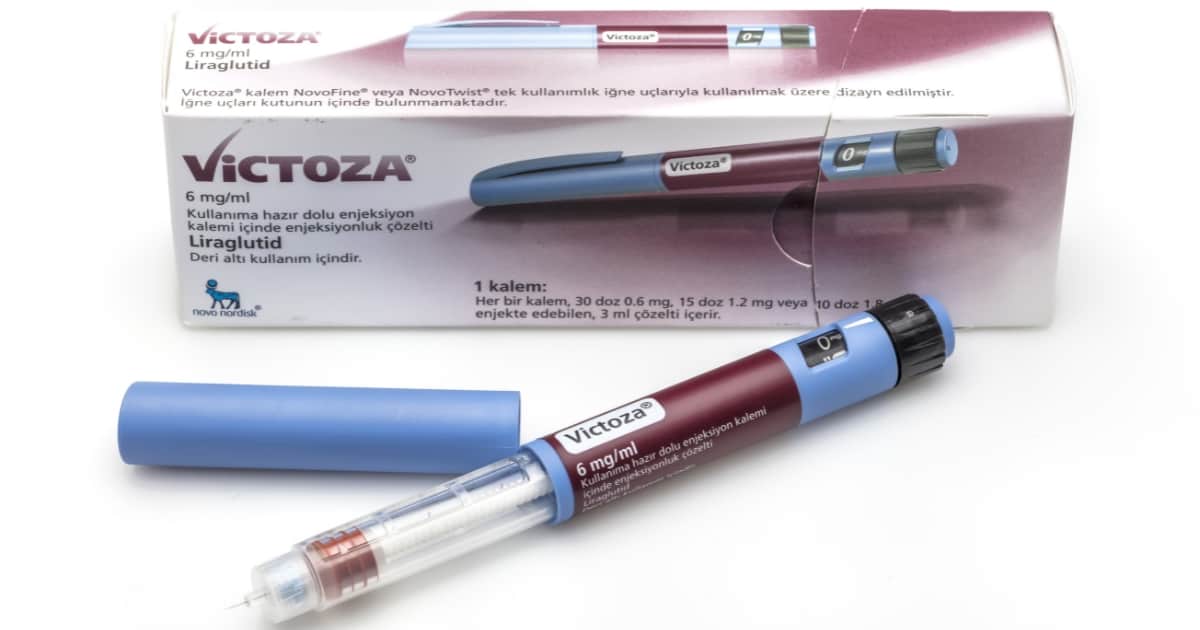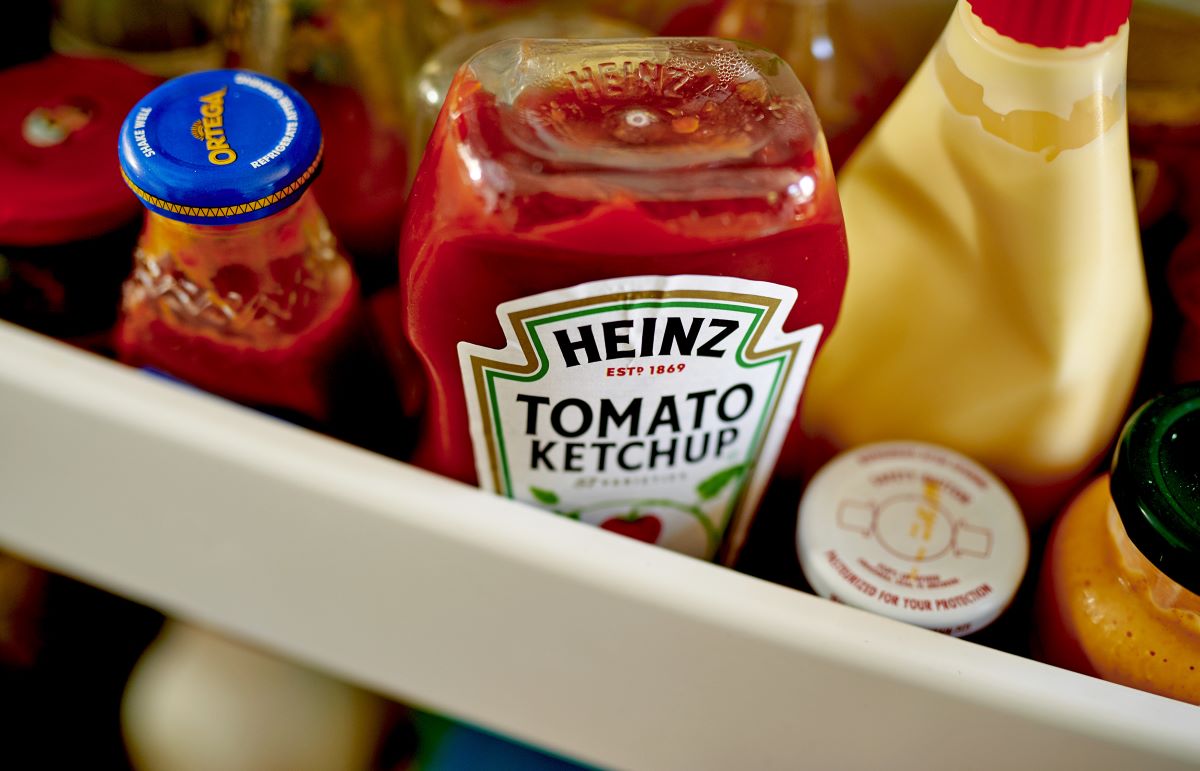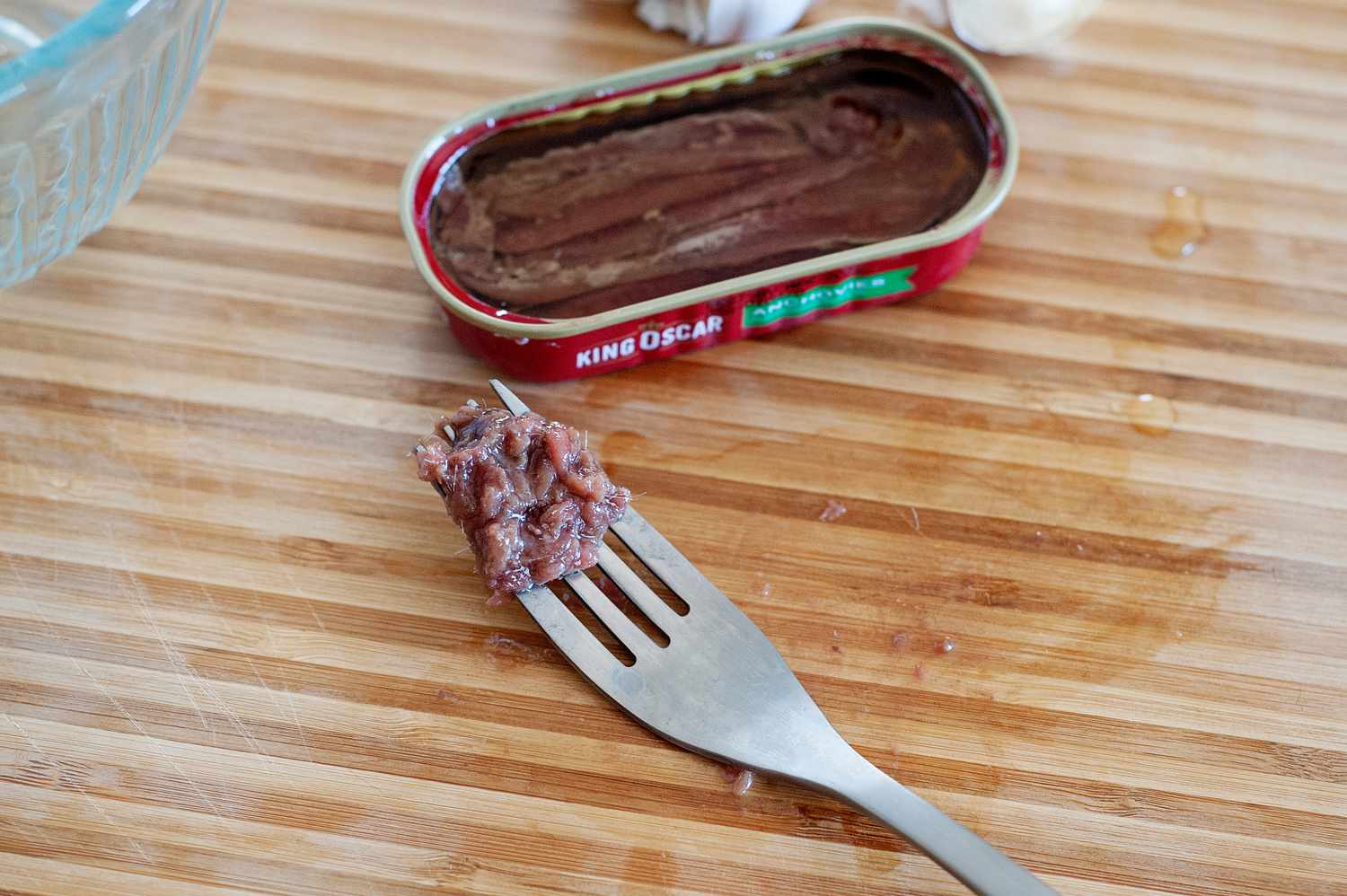

Articles
How To Store Sesame Oil After Opening
Modified: December 7, 2023
Learn the best methods for storing sesame oil after opening with this informative article. Keep your sesame oil fresh and flavorful for longer.
(Many of the links in this article redirect to a specific reviewed product. Your purchase of these products through affiliate links helps to generate commission for Storables.com, at no extra cost. Learn more)
Introduction
Welcome to our guide on how to store sesame oil after opening. Sesame oil is a versatile and flavorful ingredient commonly used in many cuisines around the world. This precious oil is derived from sesame seeds and adds a rich, nutty taste to dishes, making it a staple in numerous recipes.
Properly storing sesame oil is essential to maintain its freshness, flavor, and quality over time. By following the right storage practices, you can ensure that your sesame oil stays in optimal condition, allowing you to enjoy its unique taste and aroma in your cooking.
In this article, we will explore the importance of storing sesame oil correctly, discuss the factors to consider before storing, and provide you with practical tips on how to store sesame oil in both pantry and refrigerator settings. We will also share some valuable tips to extend the shelf life of sesame oil and help you identify signs of spoilage.
Whether you use sesame oil occasionally or on a regular basis, learning the proper storage techniques is crucial in preserving its quality and flavor. So, let’s dive into the world of sesame oil storage and discover how to keep this delightful ingredient at its best!
Key Takeaways:
- Properly storing sesame oil is crucial to maintain its freshness, flavor, and nutritional benefits. Use dark-colored glass, stainless steel, or ceramic containers and keep the oil away from heat, light, and moisture.
- Recognizing signs of spoiled sesame oil is essential to ensure the quality and safety of your dishes. Look out for off smells, changes in appearance or taste, and any signs of mold or bacterial growth.
Read more: How To Store Sesame Oil
Why it’s important to store sesame oil properly
Properly storing sesame oil is vital for several reasons. First and foremost, it helps to maintain the freshness and flavor of the oil. Like other cooking oils, sesame oil can become rancid when exposed to factors such as heat, light, and air. When this happens, the oil develops an unpleasant odor and taste, significantly diminishing its quality.
Preserving the flavor of sesame oil is particularly important because it is often used in small quantities to add a distinct taste to dishes. It would be unfortunate to spoil the flavors of your favorite recipes with rancid sesame oil.
Additionally, storing sesame oil properly helps to retain its nutritional value. Sesame oil is rich in antioxidants and healthy fatty acids, such as omega-6 and omega-9. These compounds provide various health benefits, including reducing inflammation and improving heart health. By protecting the oil from degrading, you can ensure that you are getting the maximum nutritional benefits when using sesame oil in your cooking.
Furthermore, proper storage of sesame oil prevents it from absorbing unwanted odors and flavors from its surroundings. Sesame oil has a delicate and distinctive taste, and any external odor can easily permeate and alter its flavor profile. By storing sesame oil in a secure and airtight container, you can prevent it from picking up unwanted smells from other pantry ingredients or refrigerator items.
Lastly, storing sesame oil properly can help you save money. By extending the shelf life of the oil, you can avoid the need to frequently repurchase it. Proper storage techniques ensure that your sesame oil remains fresh and usable for an extended period, allowing you to make the most out of your bottle.
Now that we understand the importance of storing sesame oil correctly, let’s explore the essential factors to consider before storing this flavorful oil.
Factors to consider before storing sesame oil
Before you store sesame oil, it’s crucial to take certain factors into consideration to ensure optimal storage conditions. Here are some key factors to keep in mind:
- Quality of the sesame oil: The quality of the sesame oil you purchase plays a significant role in determining its shelf life. High-quality oils, such as cold-pressed or virgin sesame oil, generally have a longer shelf life compared to lower-quality oils. Always opt for reputable brands and check for the “best by” date on the packaging.
- Storage temperature: Temperature is a critical factor in preserving the freshness of sesame oil. Like other cooking oils, sesame oil should be stored in a cool and dark place away from direct heat sources. Exposure to high temperatures can accelerate the process of oil degradation, leading to a shorter shelf life. It’s best to store sesame oil in a pantry or cupboard where the temperature remains relatively constant.
- Exposure to light: Light can also impact the quality of sesame oil. UV rays can cause oxidation, leading to a breakdown of the oil’s beneficial compounds and a decline in flavor. To protect the oil from light, store it in an opaque or dark-colored container or keep it in a dark cupboard.
- Airtight container: Proper storage containers are essential for maintaining the freshness of sesame oil. Choose containers that are airtight and have a tight-fitting lid. This helps to prevent air from entering the container, reducing the risk of oxidation and rancidity.
- Absence of moisture: Moisture can lead to the growth of bacteria and molds, which can spoil sesame oil. Therefore, it’s crucial to keep the oil away from moisture sources, such as sinks, countertops, or areas with high humidity. Also, make sure to wipe the bottle’s exterior to ensure it remains dry.
- Frequent use: If you use sesame oil regularly, purchasing smaller bottles can be beneficial. This ensures that you finish the oil within a reasonable timeframe, reducing the chances of it going bad. For occasional users, it’s advisable to buy smaller bottles or consider sharing a larger bottle with others to prevent prolonged storage periods.
By considering these factors, you can create an ideal environment for storing sesame oil and prolong its shelf life. In the next sections, we will discuss the best storage containers for sesame oil and provide detailed instructions on how to store sesame oil in both pantry and refrigerator settings.
Best storage containers for sesame oil
Choosing the right storage container for sesame oil is essential to maintain its freshness and flavor. Here are some of the best options for storing sesame oil:
- Glass bottles: Glass bottles are an excellent choice for storing sesame oil. They are non-reactive, which means they won’t interact with the oil and alter its flavor. Glass also helps to block out light, protecting the oil from harmful UV rays. Look for bottles with dark-colored glass to provide extra protection against light exposure.
- Stainless steel containers: Stainless steel containers are another great option for storing sesame oil. They are durable, non-reactive, and can effectively block out light. Additionally, stainless steel containers are airtight, preventing air from entering and minimizing the risk of oxidation.
- Ceramic or porcelain jars: If glass or stainless steel containers are not available, ceramic or porcelain jars can be used as an alternative. These materials are non-reactive and do not affect the flavor of the oil. However, it’s important to ensure that the jars have a tight-sealing lid to keep the oil airtight.
- Opaque plastic containers: While glass or stainless steel is preferred, opaque plastic containers can also work well for short-term storage of sesame oil. Choose containers made from food-grade plastic that do not contain harmful chemicals. Ensure that the container is airtight and kept away from light to prevent deterioration of the oil.
When selecting a storage container, consider the size of the bottle based on your usage and the amount of sesame oil you typically use in your cooking. It’s best to choose a container that can hold the entire quantity of sesame oil to minimize air exposure.
Now that we have discussed the best storage containers, let’s explore how to store sesame oil in both pantry and refrigerator settings.
How to store sesame oil in a pantry
Storing sesame oil in a pantry is a commonly preferred method as it allows easy accessibility while keeping the oil at a stable temperature. Here are the steps to properly store sesame oil in a pantry:
- Choose the right container: Select a dark-colored glass bottle, stainless steel container, or ceramic jar with a tight-fitting lid. Ensure that the container is clean and dry before use.
- Transfer the oil: If the sesame oil is originally packaged in a plastic bottle, consider transferring it to the chosen storage container. This step helps to protect the oil from potential chemical interactions with the plastic and maintain its quality.
- Find a cool and dark spot: Locate a spot in your pantry that is away from direct heat sources, such as the stove or oven. Aim for a temperature range between 50°F to 70°F (10°C to 21°C). Avoid storing the oil near the refrigerator or in areas prone to temperature fluctuations.
- Avoid exposure to light: Place the sealed container in a cupboard or pantry shelf where it is shielded from light. If the container is made of transparent glass, consider using a dark cloth or adhesive film to cover it and protect the oil from UV rays.
- Keep it airtight: Ensure that the container is tightly sealed to prevent air from entering. This helps to minimize oxidation and maintain the freshness of the sesame oil. Check the lid or cap of the container regularly to ensure it remains secure.
- Organize and label: Place the container in a convenient location in your pantry and label it with the date of opening. This step helps you keep track of the freshness and usage of the sesame oil.
By following these steps, you can safely store sesame oil in your pantry, preserving its freshness and flavor for an extended period. It’s important to note that sesame oil stored in a pantry setting may have a shorter shelf life compared to refrigerated sesame oil due to the exposure to slightly higher temperatures.
Next, let’s explore how to store sesame oil in the refrigerator for those who prefer a cooler storage environment.
Store sesame oil in a cool, dark place away from heat and light, such as a pantry or cupboard. Make sure the bottle is tightly sealed to prevent oxidation. Refrigeration can also extend its shelf life.
How to store sesame oil in the refrigerator
If you prefer to store sesame oil in a cooler environment, the refrigerator is a suitable option. Follow these steps to properly store sesame oil in the refrigerator:
- Choose the right container: Opt for a dark-colored glass bottle, stainless steel container, or ceramic jar with an airtight lid. Ensure that the container is clean, dry, and can fit in your refrigerator.
- Transfer the oil: If the sesame oil is originally packaged in a plastic bottle, consider transferring it to the selected storage container. This step helps to protect the oil from potential chemical interactions with the plastic and maintain its quality.
- Cool the oil: Before placing the oil in the refrigerator, allow it to reach room temperature to avoid condensation inside the container. This step helps to prevent moisture from affecting the quality of the oil.
- Wrap in a cloth: If the container is transparent or clear, wrap it in a cloth or place it in a dark bag to protect the sesame oil from light exposure. This step helps to maintain the quality and preserve the flavors of the oil.
- Store in the refrigerator: Locate a spot in the refrigerator where the sesame oil can be stored upright. Avoid placing the oil near strong-smelling foods as sesame oil readily absorbs odors. If possible, place the container away from the back of the fridge, where temperatures fluctuate the most.
- Label the container: Use a label or marker to indicate the date of opening on the container. This step helps you keep track of the freshness and usage of the sesame oil.
- Check for temperature consistency: Ensure that your refrigerator maintains a consistent temperature between 35°F to 50°F (2°C to 10°C). This temperature range is ideal for preserving the freshness and quality of the sesame oil.
- Monitor and discard if necessary: Regularly check the sesame oil for any signs of spoilage, such as an off smell or unusual appearance. If you notice any changes, discard the oil to avoid consuming spoiled oil.
By following these steps, you can effectively store sesame oil in the refrigerator, keeping it fresh and preserving its distinct flavor for a longer duration. Remember to use the oil within the recommended shelf life indicated on the original packaging or within a reasonable timeframe to maintain its quality.
Now, let’s move on to some valuable tips to help you extend the shelf life of sesame oil.
Tips for extending the shelf life of sesame oil
To ensure that your sesame oil remains fresh and has an extended shelf life, consider following these helpful tips:
- Keep it sealed: Always ensure that the container is tightly sealed after each use. This prevents air from entering and helps to preserve the freshness of the oil.
- Store in a cool and dark place: Whether stored in the pantry or refrigerator, ensure the sesame oil is kept away from direct heat, light, and moisture. Consistent temperature and minimal exposure to these elements will help maintain the quality of the oil.
- Avoid frequent temperature fluctuations: Rapid temperature variations can affect the stability of the oil. Therefore, try to avoid moving the oil between extreme temperature environments as it can impact the quality and shelf life.
- Use clean utensils: When using sesame oil, make sure to use clean utensils to reduce the risk of contamination. Avoid using wet or dirty spoons or pouring directly from the bottle into a heated pan, as it can introduce moisture and impurities into the oil.
- Minimize air exposure: It’s best to select a container size that closely matches your usage. This way, you can minimize the amount of air space in the container, reducing the potential for oxidation and rancidity.
- Follow the “first in, first out” rule: If you have multiple bottles of sesame oil, rotate them based on the “first in, first out” principle. Use the older bottles first to ensure that none of your sesame oil goes past its recommended shelf life.
- Avoid contamination: Be cautious when using the oil directly from the container. Saliva and food particles can introduce bacteria, which may lead to spoilage. Instead, pour the required amount into a separate clean dish and use it from there.
- Check for signs of spoilage: Regularly inspect the sesame oil for any signs of spoilage, such as a rancid smell, unusual color, or thick texture. If you notice any of these signs, it’s best to discard the oil to avoid any adverse effects on your health.
By following these tips, you can help extend the shelf life of your sesame oil and ensure that it remains fresh and flavorful for as long as possible.
Now, let’s move on to the next section, which will discuss the signs of spoiled sesame oil to help you identify when it’s time to replace it.
Signs of spoiled sesame oil
Like any other cooking oil, sesame oil can go bad if not stored or used properly. It’s essential to be able to recognize the signs of spoiled sesame oil to ensure your dishes are not negatively affected. Here are some common signs to watch out for:
- Off smell: One of the most noticeable signs of spoiled sesame oil is a rancid or unpleasant odor. If the oil smells sour, musty, or anything other than its usual nutty aroma, it’s likely that the oil has gone bad.
- Unusual appearance: Fresh sesame oil typically has a clear, golden or amber color. If you notice any discoloration, such as a darkening or cloudiness, it could indicate that the oil has spoiled.
- Change in taste: Spoiled sesame oil may have an unpleasant or bitter taste. If the oil no longer imparts its characteristic nutty and rich flavor, it’s a strong indication that the oil has turned rancid.
- Texture changes: Fresh sesame oil has a smooth and silky texture. If you notice any thickening, clumping, or the presence of any sediments in the oil, it is likely spoiled.
- Mold or bacterial growth: Excessive exposure to moisture can promote the growth of mold or bacteria in sesame oil. If you see any signs of mold growth or notice the formation of bubbles or foam on the surface, discard the oil immediately.
- Expiration date: Always check the expiration or “best by” date on the original packaging of the sesame oil. If the oil is past its recommended shelf life, it’s safer to dispose of it, even if there are no obvious signs of spoilage.
If you encounter any of these signs, it is advisable not to use the spoiled sesame oil in your cooking. Consuming spoiled oil can lead to digestive issues and may compromise the flavors of your dishes.
By carefully monitoring the quality of your sesame oil and following the proper storage guidelines, you can avoid consuming spoiled oil and ensure that your dishes are always prepared with fresh and flavorful sesame oil.
Now, let’s move on to the next section, where we will address some frequently asked questions about storing sesame oil.
Frequently Asked Questions about Storing Sesame Oil
Q: Can sesame oil be stored at room temperature?
A: Yes, sesame oil can be stored at room temperature. However, it’s important to keep it away from direct heat, light, and moisture to maintain its freshness and quality.
Q: How long can sesame oil last when properly stored?
A: The shelf life of sesame oil depends on various factors, including the quality of the oil and the storage conditions. Generally, unopened sesame oil can last up to two years, while opened sesame oil can last for up to one year when stored properly.
Q: Can sesame oil be stored in the freezer?
A: Freezing sesame oil is not recommended as it can change the texture and affect the flavor of the oil. It is best to store sesame oil at room temperature or in the refrigerator.
Q: Is it safe to consume sesame oil after its expiration date?
A: It is not advisable to consume sesame oil past its expiration date as it may have lost its quality and could potentially lead to digestive issues. It is best to discard sesame oil that has exceeded its recommended shelf life.
Q: Can I store sesame oil in a plastic container?
A: While it is preferable to use glass, stainless steel, or ceramic containers to store sesame oil, opaque plastic containers made of food-grade materials can also be used. Ensure that the container is airtight and kept away from light to maintain the quality of the oil.
Q: How should I store flavored sesame oils?
A: Flavored sesame oils, such as toasted or infused varieties, should be stored using the same guidelines as regular sesame oil. Keep them in a cool, dark place, away from direct heat and light, to maintain their flavors and prevent oxidation.
Q: Can I use sesame oil if it smells slightly different?
A: If the smell of your sesame oil is slightly different but still within a mildly nutty or earthy range, it is likely safe to use. However, if the oil has a strong, rancid, or off-putting odor, it’s best to discard it.
Remember to always use your best judgment when it comes to the quality and safety of your sesame oil. When you notice any signs of spoilage, it’s better to err on the side of caution and replace the oil to ensure the best flavors in your cooking.
Now, let’s conclude our guide on storing sesame oil.
Read more: How To Store Coconut Oil After Opening
Conclusion
Properly storing sesame oil after opening is crucial to maintain its freshness, flavor, and nutritional value. By following the right storage practices, you can ensure that your sesame oil remains in optimal condition, allowing you to enjoy its unique taste and aroma in your culinary creations.
When storing sesame oil, consider using containers made of dark-colored glass, stainless steel, or ceramic. These materials help block out light and prevent the oil from interacting with external influences that could compromise its quality. Airtight containers are essential to minimize air exposure and oxidation. Whether you choose to store your sesame oil in the pantry or refrigerator, make sure to keep it away from heat, light, and moisture.
Understanding the signs of spoiled sesame oil is also important. Look out for off smells, changes in appearance or taste, and any signs of mold or bacterial growth. If you notice any of these signs, it’s best to discard the oil to prevent any adverse health effects.
By following the tips provided in this guide, such as using clean utensils, minimizing air exposure, and ensuring proper temperature and storage conditions, you can extend the shelf life of your sesame oil and enjoy its flavors for longer.
Remember, it’s always a good idea to check the expiration date on the sesame oil packaging and use it within the recommended timeframe. When in doubt, trust your senses and prioritize your health and the quality of your dishes.
Now that you’re equipped with the knowledge on how to properly store sesame oil, you can confidently enjoy its delightful taste and aroma in your favorite recipes. Happy cooking!
Frequently Asked Questions about How To Store Sesame Oil After Opening
Was this page helpful?
At Storables.com, we guarantee accurate and reliable information. Our content, validated by Expert Board Contributors, is crafted following stringent Editorial Policies. We're committed to providing you with well-researched, expert-backed insights for all your informational needs.














0 thoughts on “How To Store Sesame Oil After Opening”